The first line of defense against the weather is the outside of your house. From harsh sunlight and heavy rain to strong winds and freezing temperatures, your house constantly battles the weather. Over time, this exposure leads to common wear and tear that, if left unchecked, can result in costly repairs. Keeping up with exterior maintenance is key to preserving your home’s structural integrity and curb appeal.
Homeowners in areas with unpredictable weather, like Pennsylvania, often face unique challenges when it comes to maintaining their roofs, siding, and other exterior components. The combination of heavy snowfall in winter, strong summer storms, and fluctuating temperatures can accelerate deterioration.
In this guide, we’ll cover some of the most frequent issues homeowners encounter, including roof damage, siding wear, gutter blockages, and foundation cracks. We’ll also provide practical solutions so you can keep your home in top shape year-round.
Roof Damage and Deterioration
Your roof is one of the most important parts of your home’s exterior, shielding everything inside from rain, wind, and extreme temperatures. However, due to its constant exposure, it’s also one of the most vulnerable areas. Over time, shingles can crack, curl, or go missing, leading to leaks that can cause water damage inside your home. You may also notice dark streaks caused by algae growth, which can weaken roofing materials and reduce your home’s aesthetic appeal.
Regular inspections can help you catch small issues before they become big issues. Look for signs like water stains on ceilings, missing or damaged shingles, and excessive granule buildup in your gutters. If you notice any of these, it’s essential to take action quickly.
For homeowners in Pennsylvania and surrounding areas, where storms and changing seasons put extra stress on roofing systems, professional roofing services can make all the difference. Whether you need minor repairs or a full replacement, Resnick Roofing & Contracting provides high-quality solutions to protect your home. Their team specializes in durable, weather-resistant materials designed to withstand the region’s unique climate challenges. By working with experienced professionals, you can ensure your roof remains strong and reliable for years to come.
Siding Issues: Cracks, Warping, and Mold Growth
Your home is more than just an aesthetic function. It plays a critical role in protecting your house from moisture, pests, and temperature extremes. However, over time, siding can develop cracks, become warped due to excessive heat, or grow mold and mildew from trapped moisture.
If you notice cracks or gaps, it’s important to seal them quickly to prevent water infiltration, which can lead to rot and costly repairs. Warped siding may indicate underlying structural issues, requiring partial or full panel replacements. To prevent mold growth, make sure your siding is properly ventilated and clean it regularly with a mild detergent or power washer.
For long-term solutions, consider upgrading to more durable, low-maintenance siding materials like fiber cement or engineered wood. These options offer enhanced resistance to moisture and extreme weather conditions, helping to extend the lifespan of your home’s exterior.
Gutter Problems: Clogging and Poor Drainage
Your gutters play a crucial role in directing rainwater away from your home’s foundation, but when they get clogged with leaves, dirt, or debris, they can’t function properly. Blocked gutters cause water to overflow, leading to foundation damage, basement flooding, and even siding deterioration.
To prevent these issues, clean your gutters at least twice a year, once in the fall after the leaves have dropped and again in the spring. If you live in an area with frequent storms, consider installing gutter guards to minimize debris buildup.
Sagging or improperly pitched gutters can also lead to drainage problems. Make sure your gutters are securely attached and sloped correctly so water flows efficiently to the downspouts. If you notice standing water or leaks, you may need to adjust the alignment or replace damaged sections.
Window and Door Drafts: Energy Efficiency Concerns
Drafty windows and doors aren’t just uncomfortable. They can significantly impact your home’s energy efficiency, leading to higher heating and cooling costs. Over time, seals and weatherstripping can wear out, allowing air leaks that make it harder to maintain a consistent indoor temperature.
One of the easiest ways to fix this issue is by replacing worn-out weatherstripping around doors and windows. You can also use caulk to seal any gaps or cracks around window frames. For older windows that no longer provide proper insulation, upgrading to energy-efficient models with double or triple-pane glass can improve comfort and reduce utility bills.
Another factor to consider is proper door alignment. If you notice light coming through the edges of your door, it may be slightly misaligned. Tightening hinges or installing a door sweep can help eliminate drafts and improve insulation.
Foundation Cracks and Water Intrusion
Your home’s foundation is its backbone, so even small cracks should never be ignored. Minor surface cracks are common due to settling, but deeper cracks or gaps that widen over time may indicate a more serious issue. If left untreated, these cracks can allow water to seep into your basement, causing mold growth and structural weakening.
For small, non-structural cracks, applying an epoxy or polyurethane sealant can prevent further damage. However, if you notice extensive cracking, bowing walls, or signs of water infiltration, it’s best to consult a foundation specialist. Additionally, improving your home’s drainage by ensuring downspouts direct water away from the foundation can help prevent further issues.
Driveway and Walkway Damage: Cracks and Uneven Surfaces
Driveways and walkways are exposed to constant foot and vehicle traffic, as well as weather fluctuations that cause expansion and contraction. Over time, this can lead to cracks, potholes, and uneven surfaces, creating not only an eyesore but also a potential tripping hazard.
For small cracks, applying a concrete filler or sealant can help prevent further deterioration. If your driveway has widespread damage, resurfacing or repaving may be necessary. Regular maintenance, like sealing your driveway every few years, can help extend its lifespan and prevent costly repairs.
Uneven pavers or sidewalk slabs can often be fixed by lifting and repositioning them or using a leveling compound. If tree roots are the cause, trimming them or installing root barriers can help prevent future displacement.
Maintaining your home’s exterior may seem like a daunting task, but addressing minor issues before they escalate can save you time and money in the long run. Regular inspections and preventative maintenance are key to keeping your roof, siding, gutters, windows, foundation, and driveway in excellent condition.
Whether you choose to tackle some of these repairs yourself or hire professionals, staying proactive will help preserve your home’s value and structural integrity. If you’re unsure about the severity of an issue, consulting an expert is always a good idea. With the right care, your home’s exterior can stay strong and beautiful for years to come.
If you want morе еxciting contеnt visit. Globallyviz.com


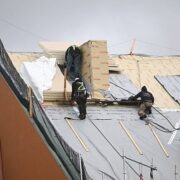
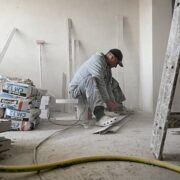


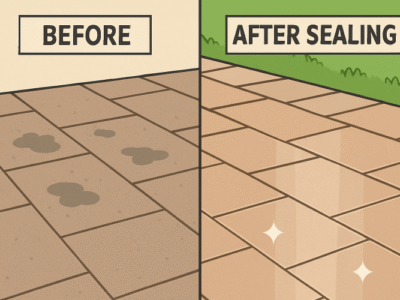
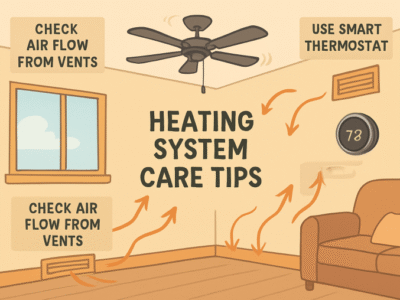
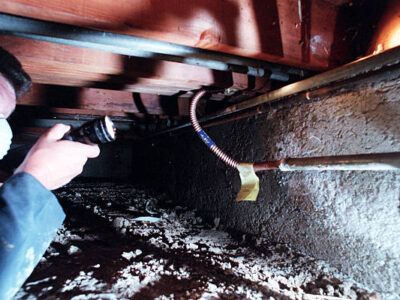
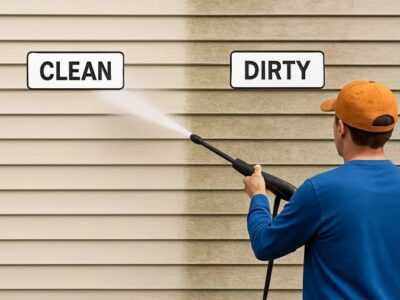




Comments